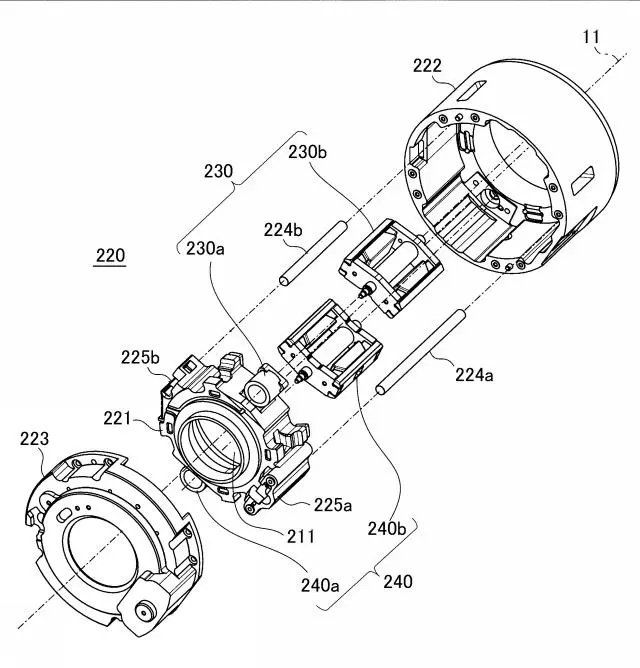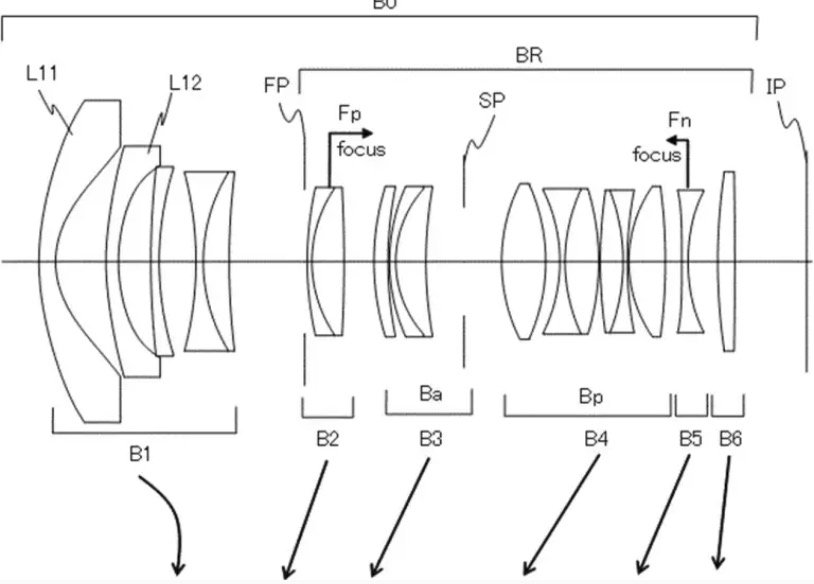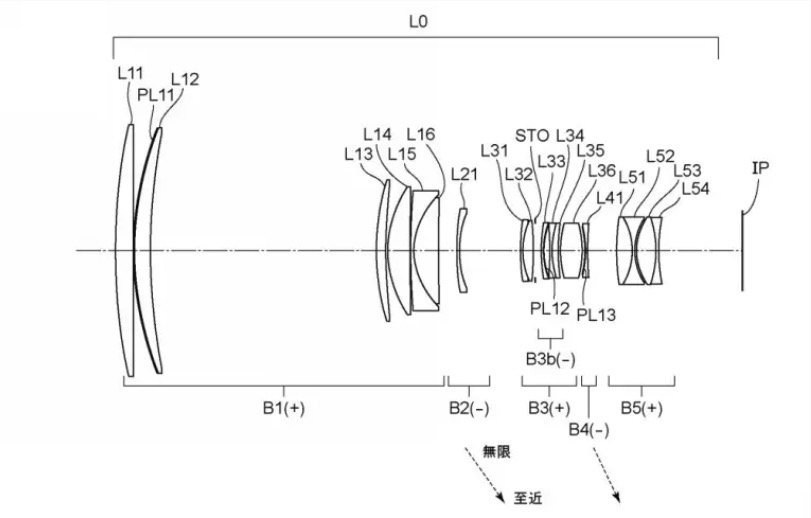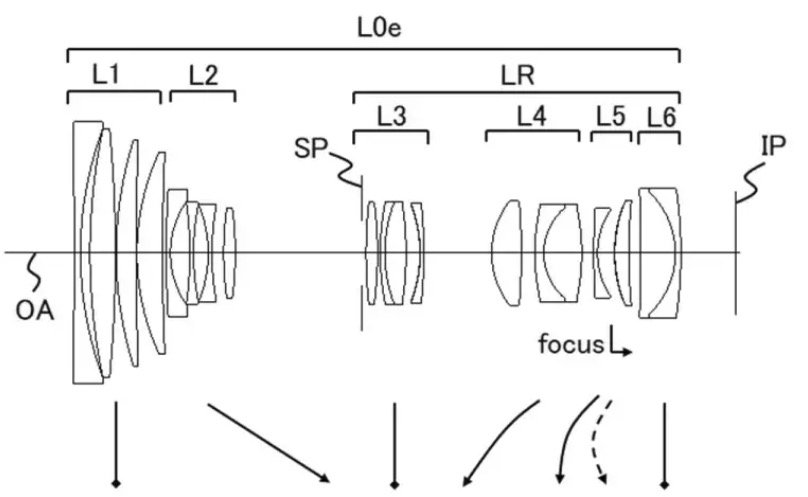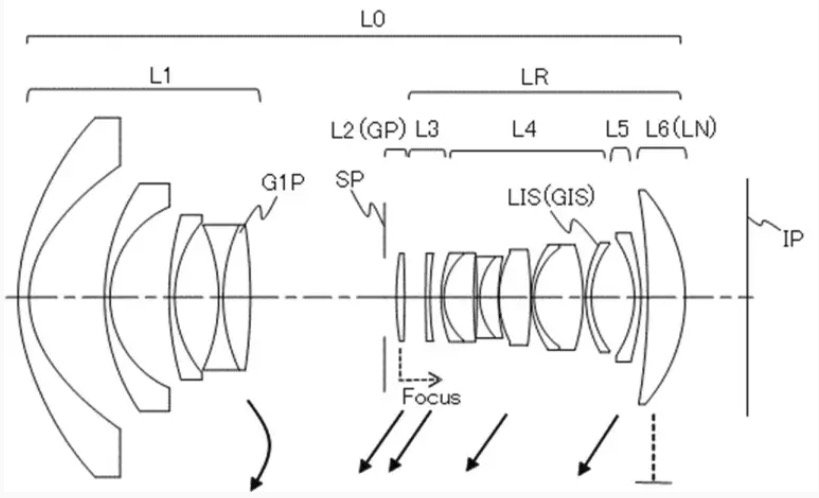Here is a new Canon patent application, as usual for RF-mount lenses. Canon patent application…
Canon Patent: AF-Motor With Reduced Size And Lower Power Consumption
A new Canon Patent application.
Canon patent application 2023096628 (Japan, published 7/7/2023) discusses technology and methods for a autofocus-driving motor with reduced size and lower power consumption.
The motor described in the the patent literature is a “linear motor”. Canon interchangeable lenses have a “ring-type USM”-motor for single-lens reflex cameras and a “NanoUSM”-motor for mirrorless cameras. Both are driven by ultrasonic waves, so this would be a new kind of motor driving Canon lenses.
From the patent literature:
A linear motor, a lens barrel, and a driving device that can improve power efficiency while suppressing an increase in external size are provided. BACKGROUND ART A linear motor is a motor that mainly generates force in one direction
It is used in a wide range of industrial fields. Linear motors are often used exclusively in linear drive applications and are often used in combination with linear guide mechanisms. Linear motors are classified into electromagnetic, pressure, friction, and tension/extrusion types according to the principle of thrust generation, and into finite tracks, endless tracks, etc. according to the drive range. be. In addition, devices that use mechanisms such as so-called rack and pinions and tires to convert the thrust of a normal rotary motor into linear thrust are also broadly classified as linear motors (linear actuators).An example of the use of a linear motor is a focusing mechanism in a lens barrel. In the lens barrel, the focus operation is performed by moving the focus lens group inside the lens barrel back and forth on the optical axis perpendicular to the camera’s image sensor in order to focus on the subject at the desired position when shooting. is done. A linear motor is used to adjust the movement of the focus lens group.
Necessary conditions for the linear motor used in the focus mechanism in the lens barrel are that it has a size that fits inside the lens barrel, and that the maximum output and resolution of the thrust force sufficient to move and adjust the focus lens group are required. Being prepared, being quiet, etc. To meet these conditions, among the above categories, electromagnetic linear motors with finite trajectories are used, especially voice coil motors (VCMs), which generate the Lorentz force through a combination of permanent magnets and coils. may occur.
Since the VCM does not generate thrust when it is not energized, when using the VCM as a focus mechanism in the lens barrel, it is necessary to always energize the VCM to hold the focus lens group during use. For this reason, depending on the shooting scene, it may consume a large amount of power and the battery of the camera will be consumed faster than when using other friction type ultrasonic motors for the focusing mechanism in the lens barrel. be. Therefore, when a VCM is used as a focusing mechanism in the lens barrel, it is required to improve the power efficiency of the VCM.
In order to improve the power efficiency of a VCM with a finite orbit without increasing the external size, the efficiency of a magnetic circuit composed of a permanent magnet and a yoke (hereinafter simply referred to as magnetic efficiency), that is, the coil area of the VCM The key is how to increase the density of the magnetic flux that contributes to the generation of thrust. The magnetic circuit here is an expression that compares the flow of magnetic flux in space to the flow of current in a circuit, and indicates the direction and magnitude of the magnetic flux density at each point. itself is also shown. In addition, in general finite orbit VCM, it is known that the magnetic efficiency is relatively lower at both ends of the drive stroke than at the center, and it is important in practice to suppress this. (See, for example, Patent Document 1).
However, in the VCM of Patent Document 1, since the magnetic efficiency in the central portion of the driving stroke is reduced in order to equalize the magnetic efficiency in the driving stroke, there is a problem that the power efficiency as a whole deteriorates. In addition, since the configuration of Patent Document 2 requires a separate fixing means for fixing the magnet, there is a problem that the external size of the linear motor tends to increase.
SUMMARY OF THE INVENTION
Accordingly, it is an object of the present invention to provide a linear motor, a lens barrel, and a driving device that can improve power efficiency while suppressing an increase in external size.
More Canon patent applications are listed here. Some particularly interesting patent applications we think might get into production are these:
- RF 16-28mm lens with either f/2.8, f/2.8-4, or f/4
- Automatic shutter silencing based on subject and distance
- A bunch of prime lenses for the RF mount
- An improved Electronic Viewfinder
- Patent application for RF 50mm F1.4 and an RF 35mm f/1.4 lenses
- A zoom lens that might be for an EOS R with APS-C sensor
- A smaller IBIS unit.
- A cooling adapter for the RF mount (R5 overheating?)
- A bunch of macro lenses for the RF mount.
- A 8mm f/4 circular fisheye lens for the Canon EOS R system
- A battery grip that works with differently siszed cameras
- A 100-400mm f/5.5-7.1 lens for APS-C cameras. EOS M or DSLR?
- RF 17-70mm lens for EOS R system
- IBIS coming to the EOS M and PowerShot lineup?
- Patent Application: mirrorless camera with large display and virtual control wheel
- Patent Application: IBIS and Lens IS Working Together
- Patent application for high speed mirror movement and control
- Patent application for an RF 14-28mm f/2 lens
- Patent application for an RF 50mm f/1.8 lens
- Patent application for a smart lens cap
- Patent application for celestial auto-focus
- Patent application describing a Pop-Up Flash With LED
- Patent application describing the optical formula for a RF 70-300mm F/4-5.6 IS lens for EOS R systems
- Patent application describing how to improve burst rate by compressing raw files
- Patent application describing a new way to review photos from a sequential shot
- Patent application that describes technology to improve wireless communication while reducing power consumption
- Patent application to spot and reduce moire artefacts in image data
- Patent application for weather sealed lens adapter
- Patent application for AI powered predictive camera control system
- Patent application for 18-55mm kit lens with LCD display
- Patent application to reduce noise in image files
[via asobinet]

